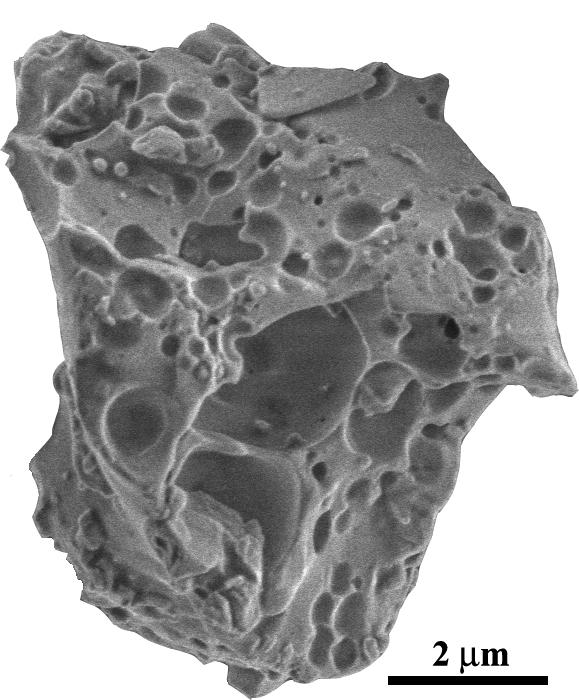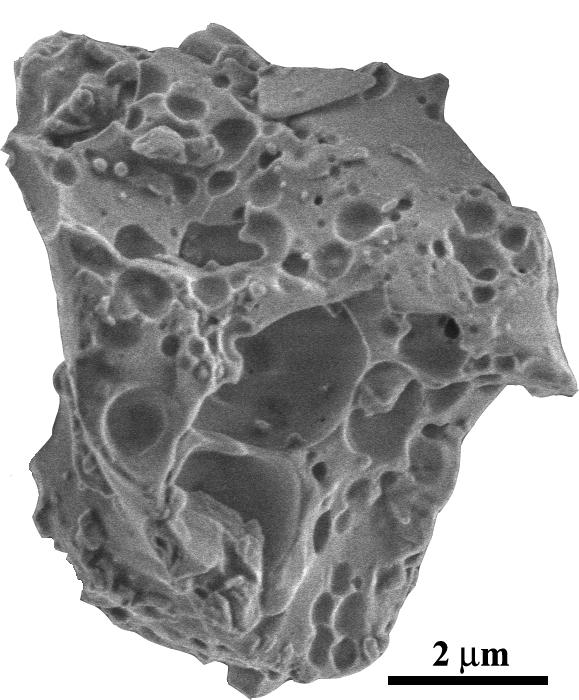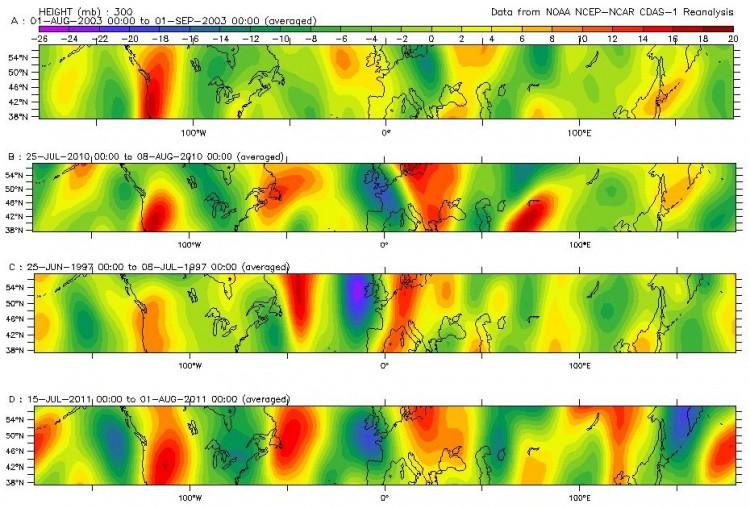Water trapped inside lunar soils probably comes from the solar wind—the steady stream of charged particles from the sun.
In theory, hydrogen ions or protons from the solar wind could bond with oxygen on the moon’s surface to create water and hydroxyls, which have one hydrogen atom and one oxygen atom (OH).
The lunar regolith—the surface layer of rock powder and fragments on the moon—contains an “unanticipated, abundant reservoir” of OH and water, according to a new study of Apollo lunar samples.
Using infrared spectroscopy and mass spectrometry, the researchers analyzed the samples and found significant amounts of hydroxyl inside glasses called agglutinates, which form when micrometeorites hit the moon’s surface.
“We found that the ‘water’ component, the hydroxyl, in the lunar regolith is mostly from solar wind implantation of protons, which locally combined with oxygen to form hydroxyls that moved into the interior of glasses by impact melting,” said study co-author Youxue Zhang at the University of Michigan (U-M) in a press release.
“Lunar regolith is everywhere on the lunar surface, and glasses make up about half of lunar regolith.”
Thus ice in cold traps—permanently shadowed polar craters—could contain hydrogen atoms from the solar wind.
“This also means that water likely exists on Mercury and on asteroids such as Vesta or Eros further within our solar system,” said study first author Yang Liu at University of Tennessee (U-T) in the release.
“These planetary bodies have very different environments, but all have the potential to produce water.”
The findings were published online in Nature Geoscience on Oct. 14.
The Epoch Times publishes in 35 countries and in 19 languages. Subscribe to our e-newsletter.





